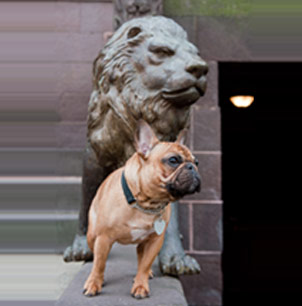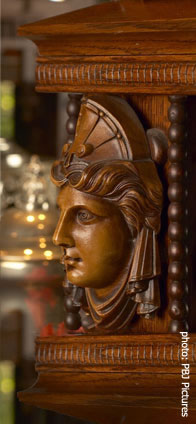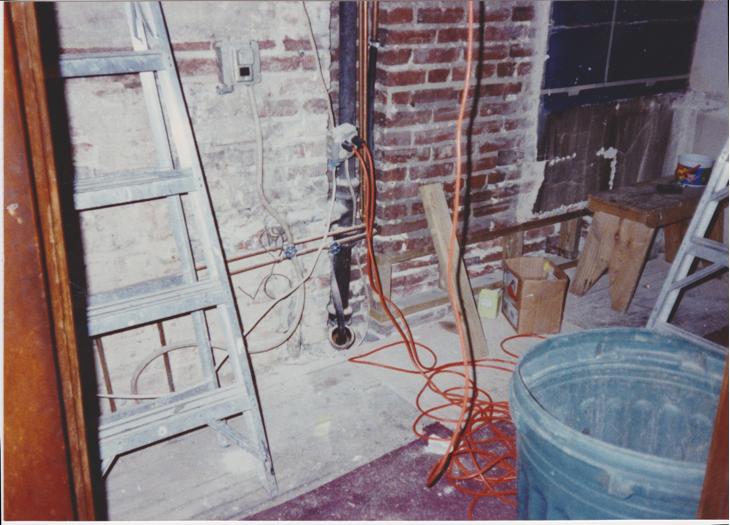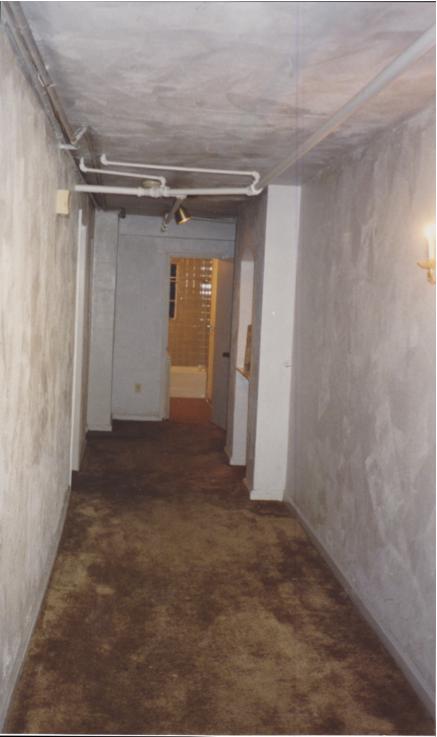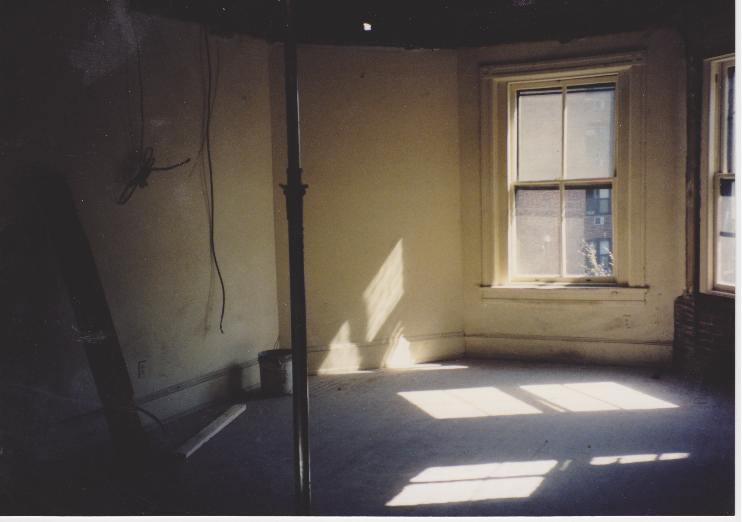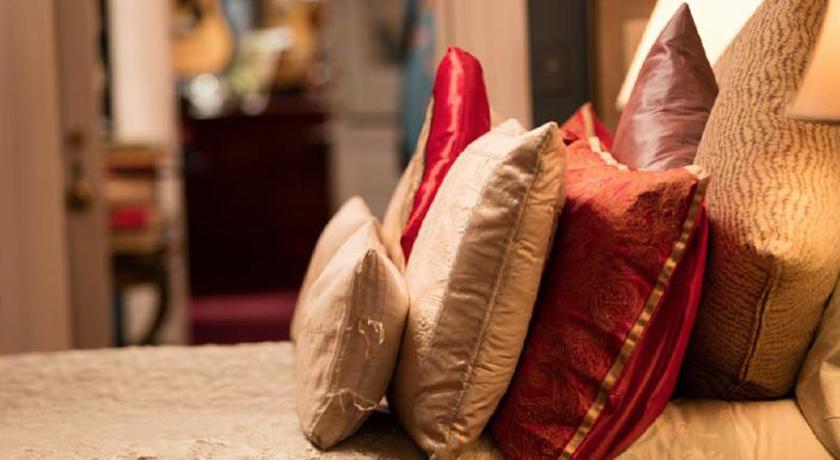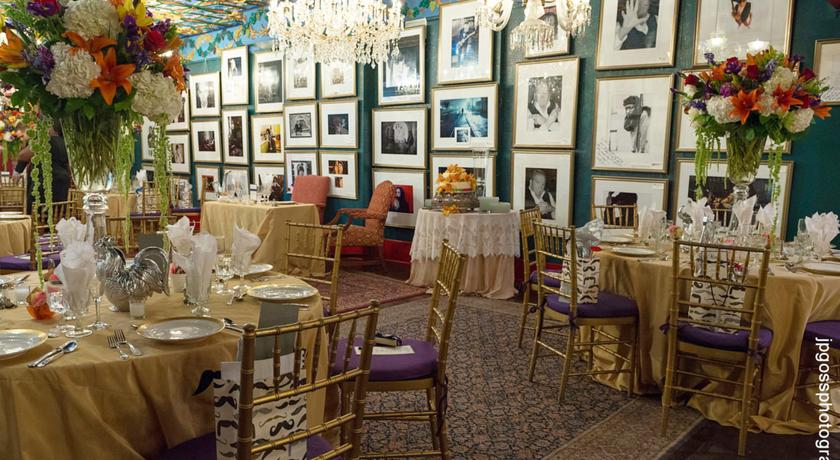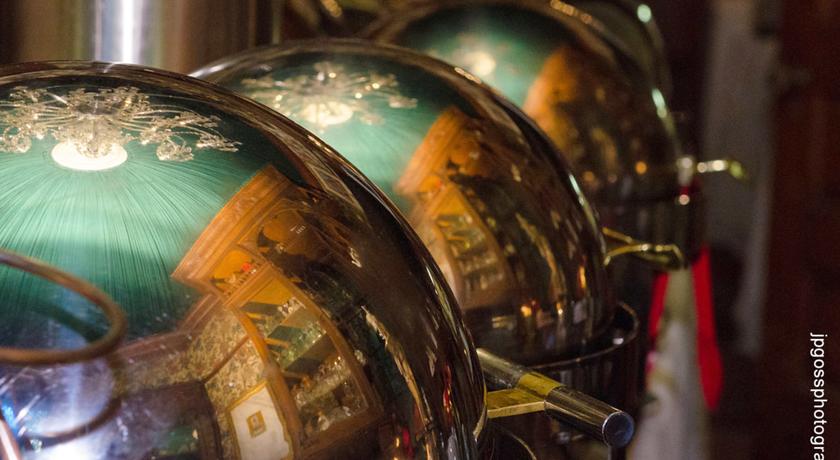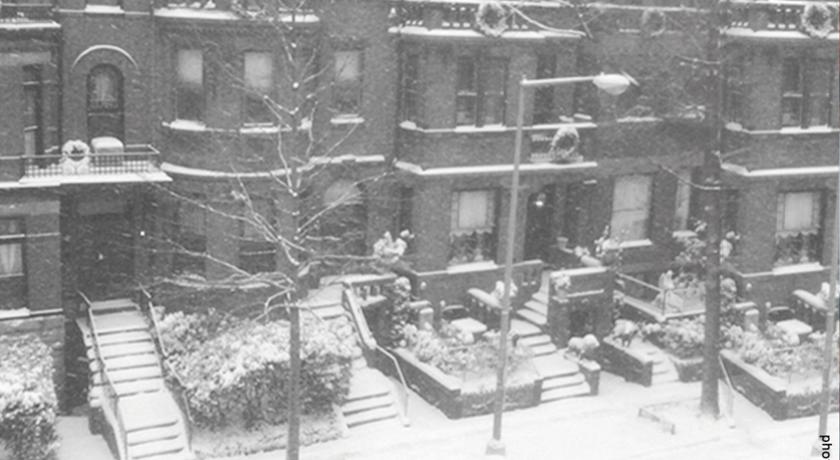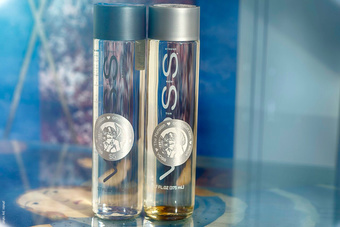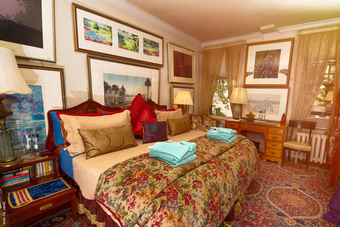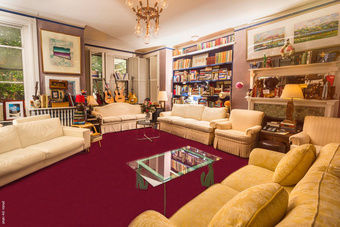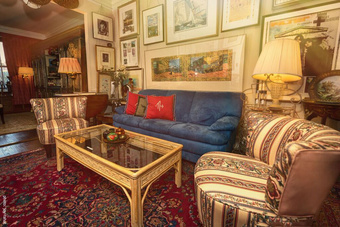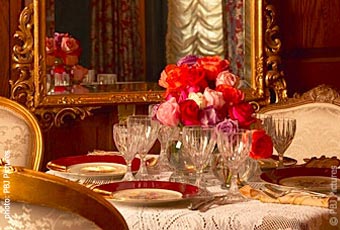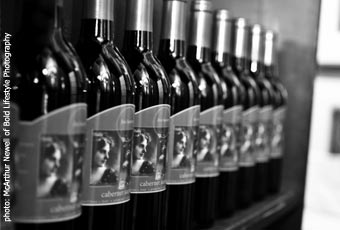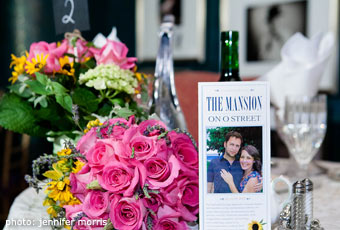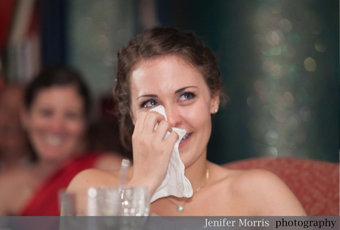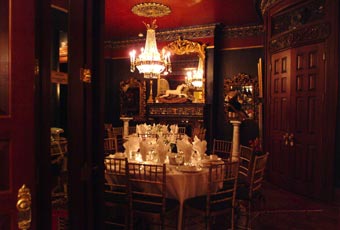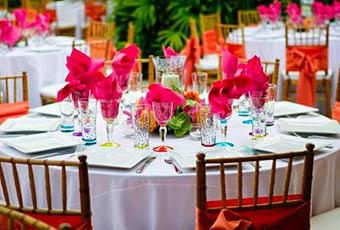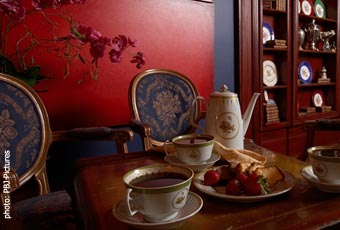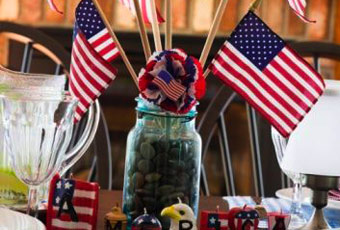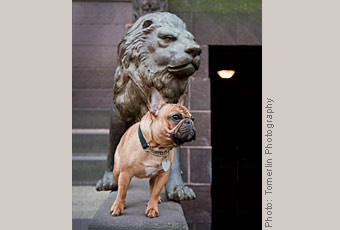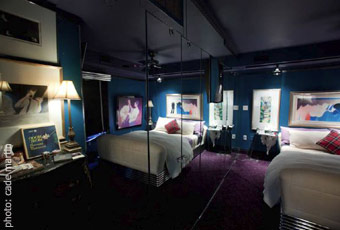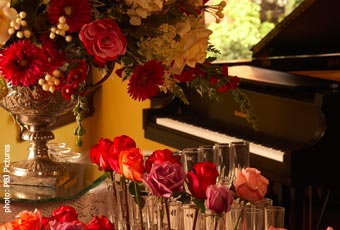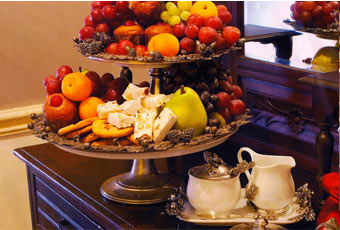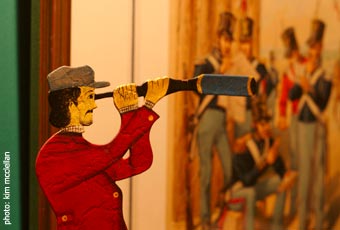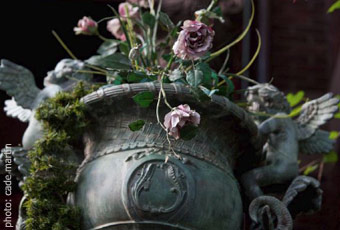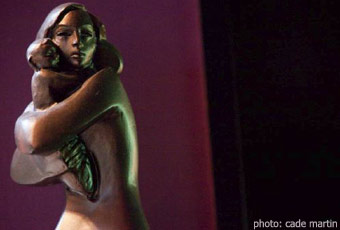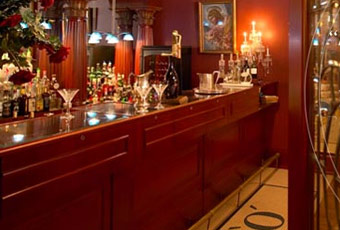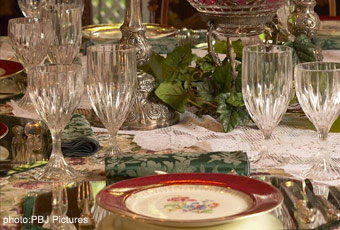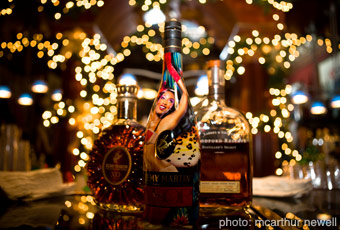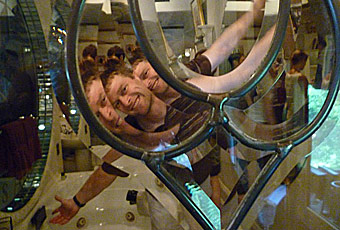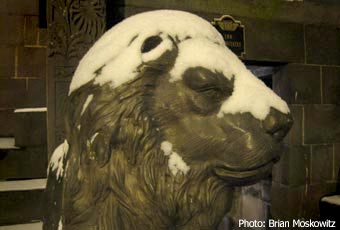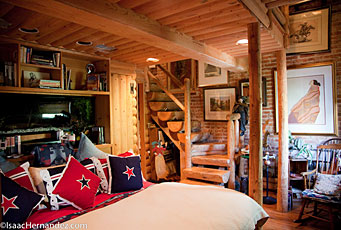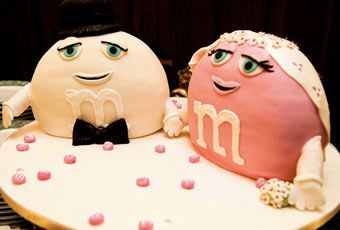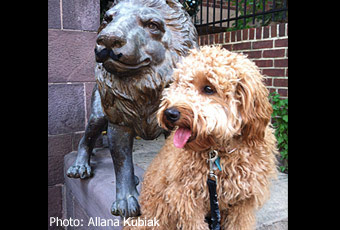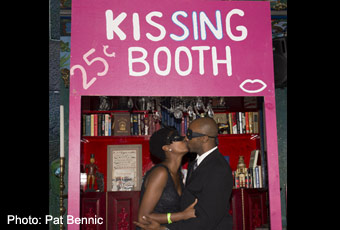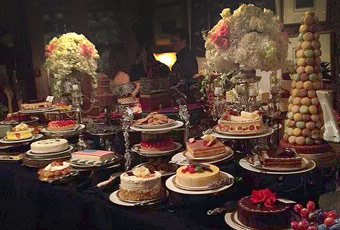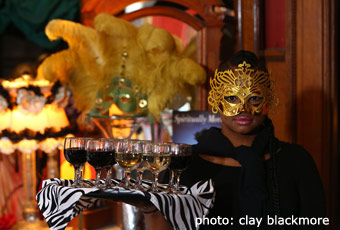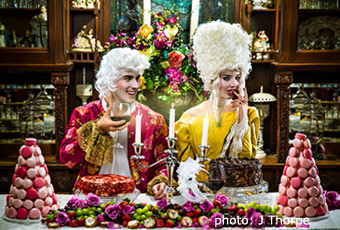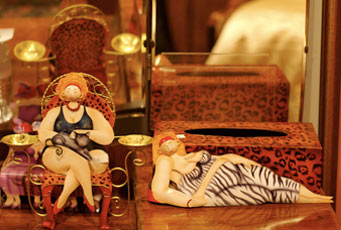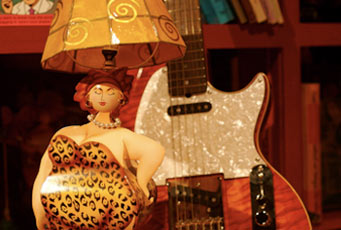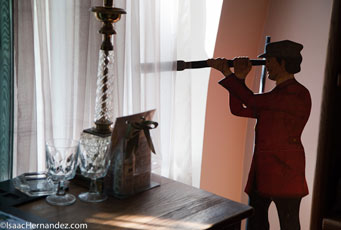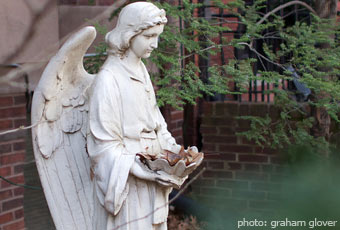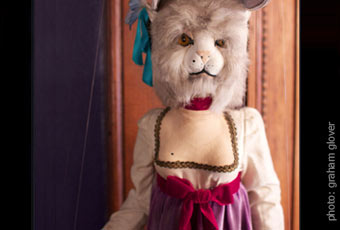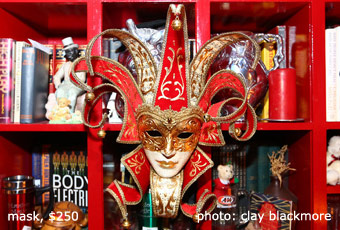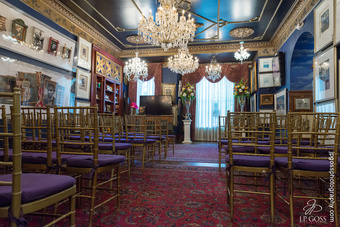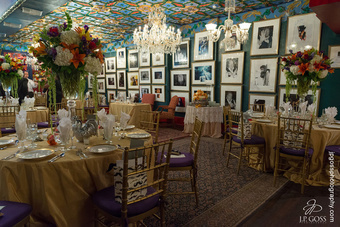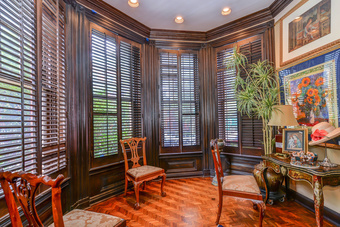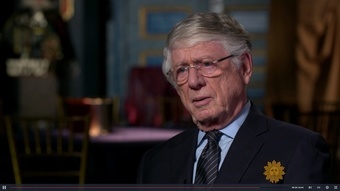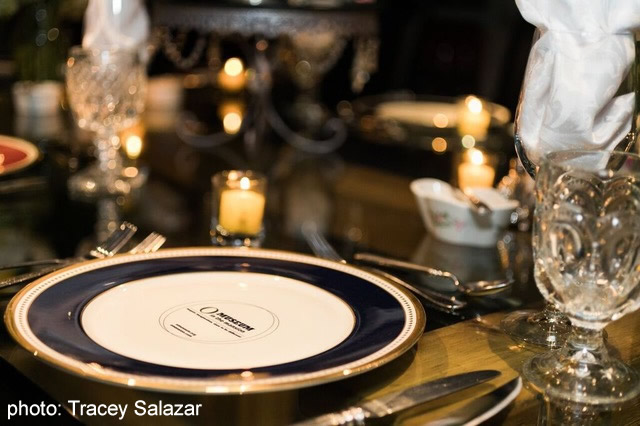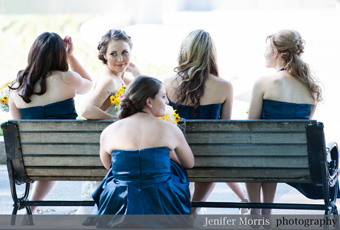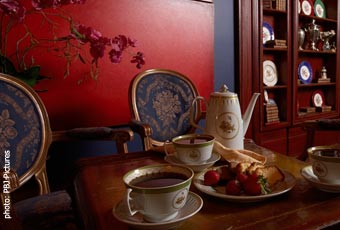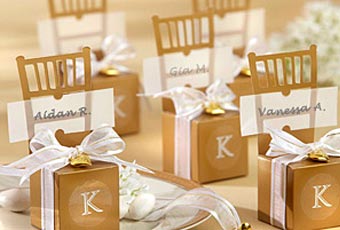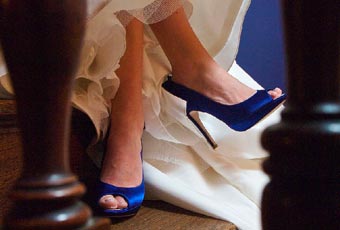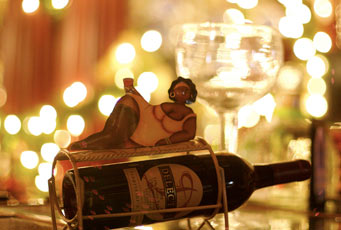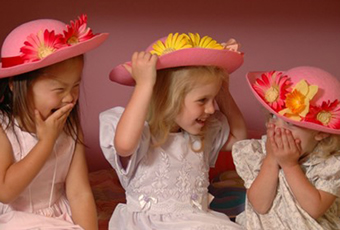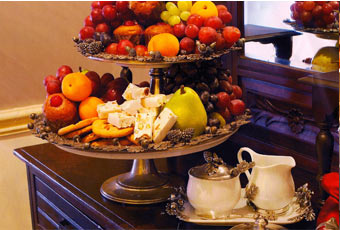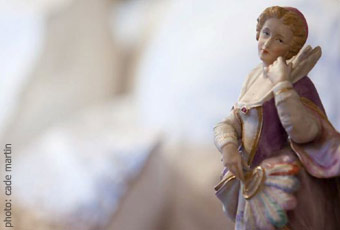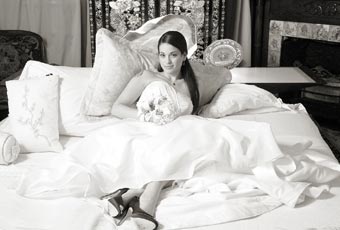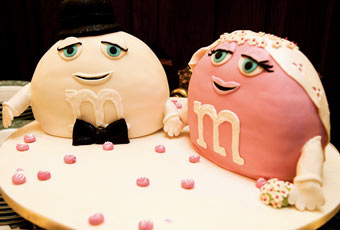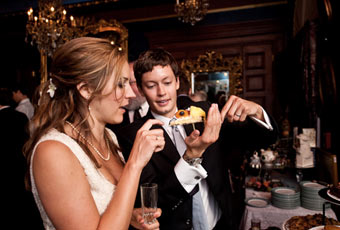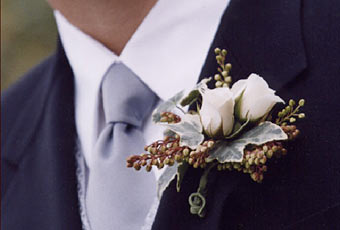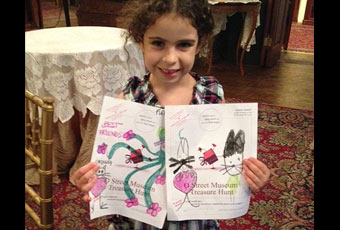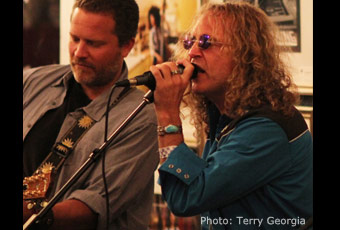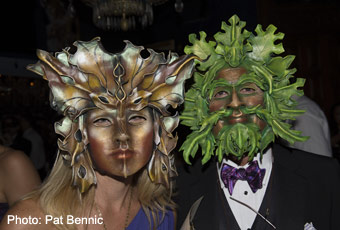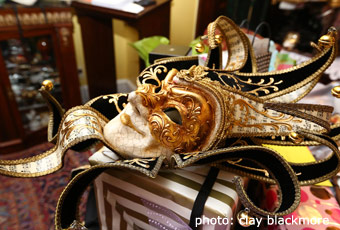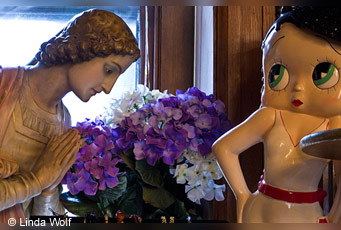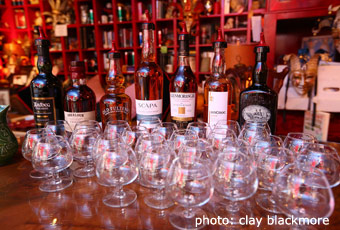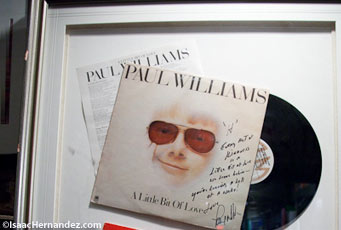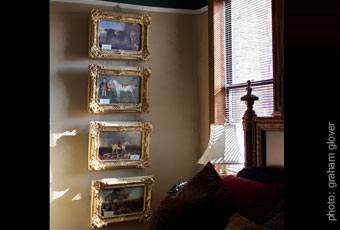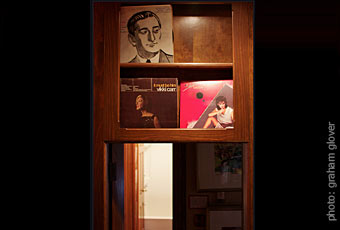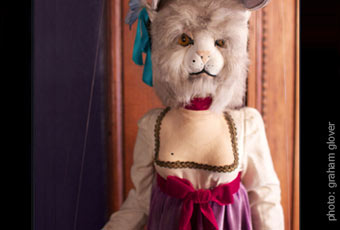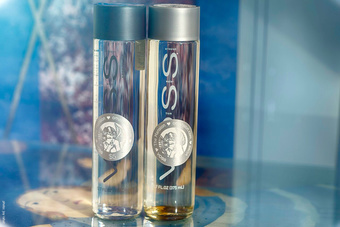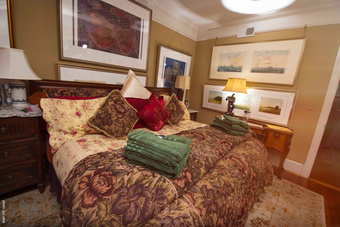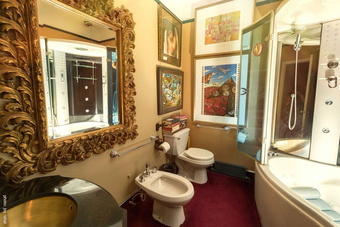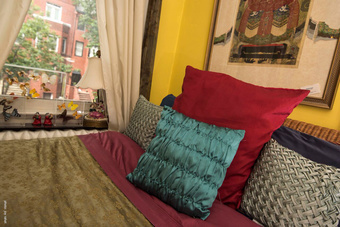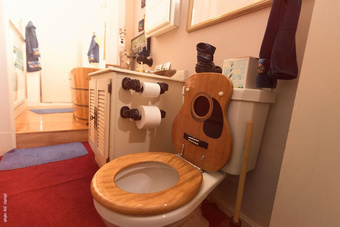picker >
 branding
branding guest experiences
guest experiences SRO
SRO museum
museum gift store
gift store books
books corporate gifts
corporate gifts safe house
safe house tea
tea outside the box
outside the box suggestions
suggestions tours
tours about us
about us mansion privacy
mansion privacy long term stays
long term stays hotel
hotel government rate
government rate holiday events
holiday events breakfast
breakfast brunch
brunch lunch
lunch team building
team building dinner
dinner project planet
project planet o-garden rental
o-garden rental art leasing
art leasing transportation
transportation volunteer
volunteer cooking class
cooking class careers
careers fixed budget
fixed budget boys/girls night out
boys/girls night out party packages
party packages donate
donate register
register treasure hunt
treasure hunt special events
special events event planning
event planning custom invitations
custom invitations sweets
sweets table settings
table settings flower shop
flower shop menus
menus wine list
wine list beverages
beverages contract
contract dress code
dress code surprise me
surprise me unique parties
unique parties membership
membership gift certificates
gift certificates pricing
pricing moo media
moo media smoking policy
smoking policy photos
photos contract
contract cyber volunteers
cyber volunteers press
press retreats
retreats mansion lore
mansion lore
Architectural History >
Located in the nation's capitol, The O is located in a series of five interconnected town houses that includes over 100 rooms and over 70 secret doors.
Designed in 1892 by Edward Clark, architect for the US Capitol two centuries ago, the buildings were interconnected and served as a home for himself, his brother James "Champ" Clark, Speaker of the House (during Teddy Roosevelt's Presidency), and a third brother, known as "the artist." Additional plans to replace the side garden with an adjoining home for their sister never came to fruition, although the archway to her house was one brick away from "being there".
Originally spanning three row houses (it now spans five), the residence was connected through the basement and main floor and contained separate sleeping quarters for each brother upstairs. As one of the last architects working on the U.S. Capitol between the 19th & 20th century, Clark incorporated left over tiles and wood from the Capitol into his new home - rich in detail, these items and detailed woodworking by August Grass (who also worked on the Heinrich Mansion) can still be found there today. A testament to the fine craftsmanship, it is believed to be the last, virtually intact, private residence of that period in Washington, D.C.
In the 1930's the home was converted into three separate rooming houses for FBI Director J. Edgar Hoover's G-men.
In the 1960's, the student leaders of the protest movement lived at 2020 O Street now home to O Street Museum. Norman Mailer wrote about them - and the house - in his book "Armies of the Night".
From 1977 to 1990 "America’s Black Forum", a nationally syndicated weekly
news broadcast, and "Sounds of the City", a black radio series recorded
their shows at 2016 O Street. "America’s Black Forum" is one of the
longest running U.S. syndicated television series and is now produced
and recorded at TV One.
UniWorld Group, Inc., (the parent
company of Uniworld Entertainment, UniWorld Hispanic and UniWorld
Healthcare) run by Walker Williams and Byron Lewis was also housed in
2016 O Street until it was sold to us and reconnected to the original
buildings in 1990. Walker was a Mansion on O Street Board Member for
over 30 years.
On February 14, 1980 the property was purchased by H.H. Leonards, with the intent to restore its original character by reconnecting the row houses. In 1985, nearly a century after its original construction, she transformed the garden site into a unique five-story companion annex - completing the Clarks' dream.
A resident of The Mansion and supporter of O Street for over a decade - Mrs. Parks was a mother figure and mentor to Founder, H.H. Leonards. She entertained friends, dignitaries and guests while she was with us and hosted a Sunday gospel brunch each month. You can see her room on the third floor along with many of her signed letters and artifacts in the museum collection.
In the spring of 1999, Jay Bothwell- architect, developer and good neighbor of The Mansion- donated marble pieces from the Washington Monument construction project that was going on at that time. These pieces can be found in the back of The Mansion.
Today, the property consists of more than 100 rooms of varying architectural, artistic and design periods, from the Victorian Age to Art Deco/Avant Garde. Highlights include hand painted ceilings (so you look up, and out of your self), original Tiffany stained glass windows, a two-story Log Cabin and the secluded Art Deco penthouse with private elevator.
Most of the artifacts in the collection - the signed guitars, memorabilia, documents, letters and more - have been donated by their original owners who support The Museum's mission and stay at The Mansion.
The best thing about any art form is that it provides an outlet to get your thoughts and ideas into the open. But the rewards of art don't stop with the creative process, for art is an expression of love that has a lasting effect. This effect is felt not just in the giving and receiving, but in the telling, the creating-and in the freedom to express one's feelings.
The O Street Museum Foundation was created for everyone to share and collaborate within - and then go out into the world, where anything is possible, and dreams can be made real.
People are often afraid to approach art (and we use the word in the broadest of terms to include one of the greatest forms of art, scientific discovery) because they feel inadequate and inferior to the "artist" and/or artistic creation. But as raw music demonstrates (the process the artist takes before it hits the air waves), art is the result of hard work and devotion to the process.
An artist is a spiritual carpenter and a craftsman. Everyday he/she goes to work, to apply their knowledge and create their work. Creativity manifests itself in many different forms making artists out of many you wouldn't ordinarily consider. Top Fortune 500 CEOs for example possess a rich artistic vision - solving complex problems by imagining the unimaginable. That's what art is.
* re-use of the text of this page is permitted under the Creative Commons Attribution-ShareAlike License (CC-BY-SA), version 3.0.
you may also like
reviewsread more >
A very unique experience will be recommending to friends!
— Dio Scott




